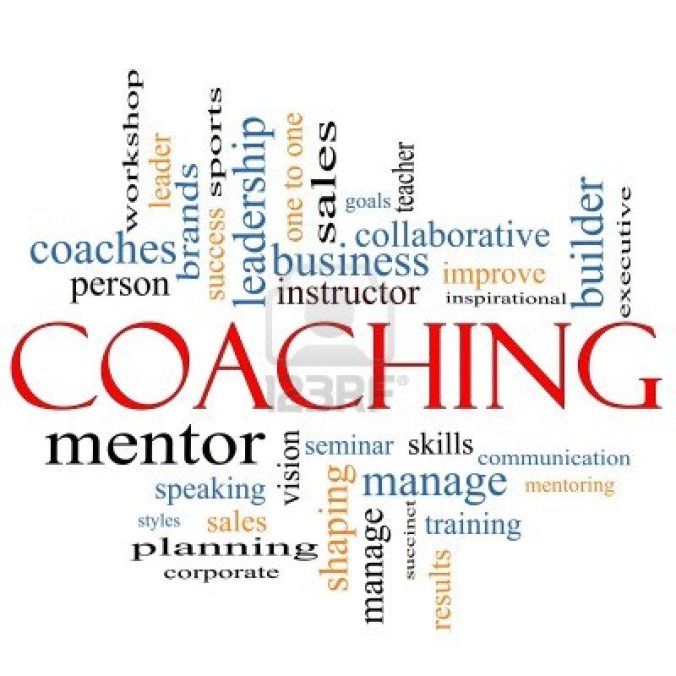There is no greater pressure than life-or-death situations. Hurricane Harvey just left and, as I type this, Hurricane Irma is pounding and ripping up the eastern side of the US. On top of that, with today being September 11, I cannot forget the incredible terror attacks on the Pentagon and Twin Towers, which changed my heart and my thoughts on what it means to lead in a disaster forever.
Emergency leadership requires a person to take immediate action. There isn’t a lot of time to figure out best practices or analyze the situation for an optimum solution. In an emergency, leaders must show confidence, take charge, communicate what needs to get done, and delegate with authority, all while appearing calmly to really know what to do (when they may not). It is about making the best choices, at that time, for that situation and being able to communicate them clearly.
Leaders in a crisis are the people that are able to make decisions quickly for the benefit of everyone. They know that setting priorities (do this first, then this, then that) and making hard choices (ignore that and do this), can make all the difference between getting stuff done and things getting out of control.
Emergency leadership also requires a ‘steady hand at the helm.’ You need to put any extremes of emotion aside and focus on the tasks to be done. Your ability to stay calm under pressure gives the confidence to others to follow your example. The more you can rise above the clamor and chaos, the more you will be able to rally the teams needed and get people moving in the right direction.

Neighbors removing downed trees in Jacksonville, Florida. September 11, 2017 (Picture: Johnny Milano for The New York Times)
Stay calm, stay focused on the goal, and find a way to stay positive. As a Leader, your mental attitude goes a long way to demonstrate to others that together you can all get through this crisis.
There are always stressors and pressures in life, as in business. Hopefully, few of us will find ourselves having to lead others through high water and downed power lines. But, by being prepared for the potential of Emergency Leadership one day, you can rise to the situation better equipped and more able to make order from chaos.

 The Washington Post via Getty Images: Kingwood, Texas August 29, 2017
The Washington Post via Getty Images: Kingwood, Texas August 29, 2017

